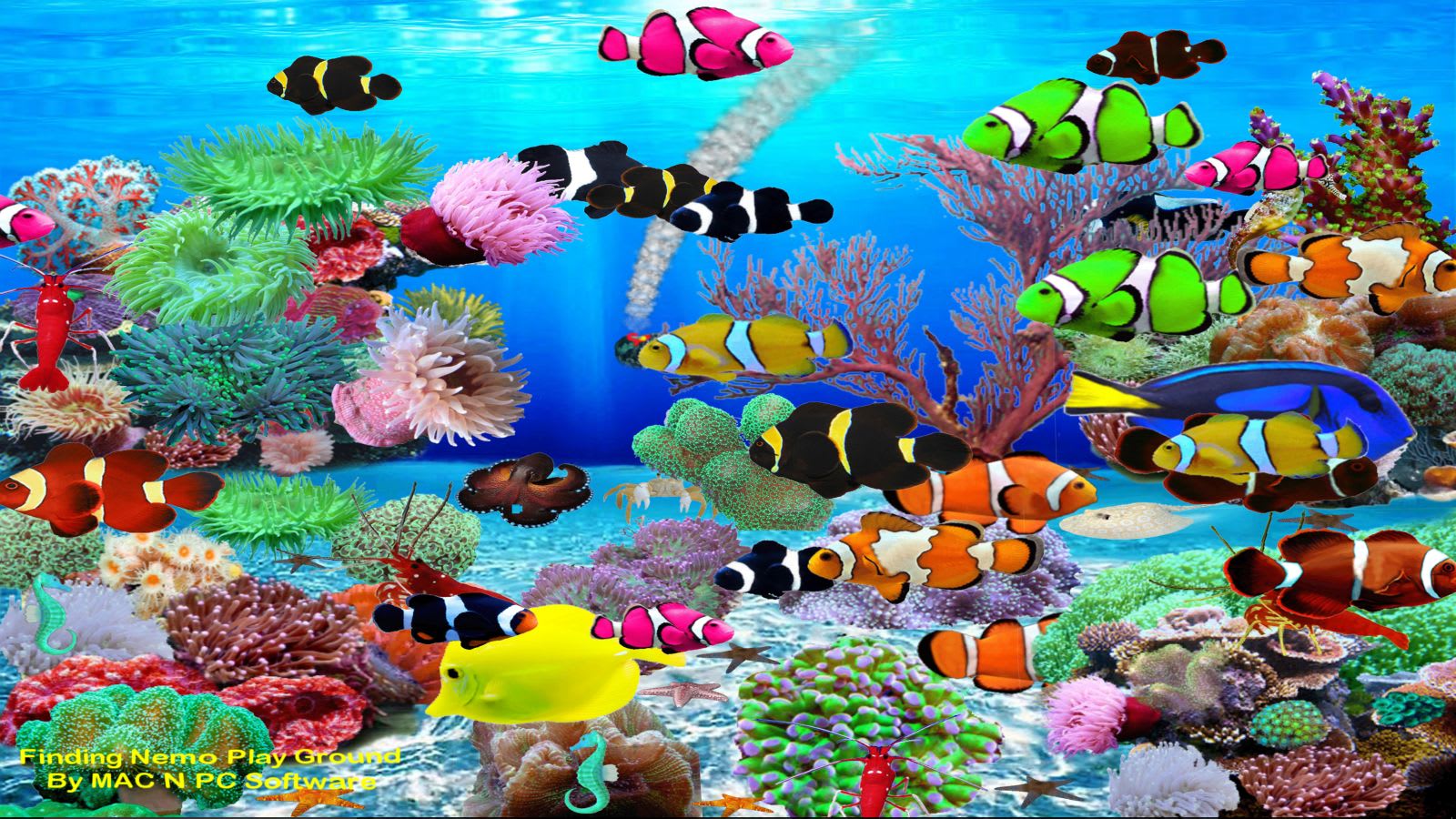
Unlike clownfish, da Silva said there aren't any blue tang bred in captivity.

Scientists are worried that the "Finding Nemo" effect will recur, this time with blue tang (and maybe even more clownfish, as the little guy from the first film will play a major role in the new movie). This go-round, the story centers around a blue tang named Dory. On June 17, "Finding Dory," the sequel to "Finding Nemo," is set to hit theaters. They make really lovely pets, but most people we surveyed have no idea that most of the fish they're getting are marine caught," da Silva said - which likely means they also don't know about royal blue tang, which is Saving Nemo's new cause. They just don't know to inquire about the fish's origins. Of course, most folks purchasing the striped fish aren't doing it to wipe out their oceanic population. Overfishing due to pet demand, along with rising ocean temperatures and ocean acidification, has all led to the Center for Biological Diversity to petition the National Marine Fisheries Service to put clownfish on the Endangered Species List, the Los Angeles Times reported in 2012.Ĭlownfish swim through an anemone near Dobu Island, Papua New Guinea, on Jan.
#Finding nemo fish aquarium movie#
Again, as anyone who has seen the movie might remember, when the fish leave those anemone, they're at a much greater risk. But clownfish who are bred in captivity haven't acclimated to those toxins, and they tend to avoid sea anemone when released back into the oceans. The fish live in their toxic tendrils, which keeps predators away. As anyone familiar with "Finding Nemo" might already know, they rely on a symbiotic relationship with stinging sea anemone. in the Philippines, parts of Thailand, parts of Sri Lanka." The fund helps breed the species in captivity, but trying to introduce new clownfish into the wild isn't easy. "America is the biggest country in the world that purchases these tropical fish," da Silva said, and it's an increasing problem. Da Silva told The Post that more than 400,000 are shipped into the United States. Karen Burke da Silva, associate professor in biodiversity and conservation at Flinders University in South AustraliaĪccording to the Saving Nemo Conservation Fund, which da Silva helped found, more than 1 million clownfish are taken from reefs for home aquariums each year. It was about not taking Nemo out of the sea, but the opposite happened.

I think it was a big surprise, because the message from the film was a very good one about conservation. "It was about not taking Nemo out of the sea, but the opposite happened."

"I think it was a big surprise, because the message from the film was a very good one about conservation," Karen Burke da Silva, associate professor in biodiversity and conservation at Flinders University in South Australia, told The Washington Post in a phone interview early Wednesday morning. Fans were so taken with the film's titular character, they decided to find their own Nemo(s). And with the success, sales of clownfish, which are often taken from the ocean, rose by as much as 40 percent, according to Hakai magazine. Pretty simple, right? The movie did well, too, making $936.7 million worldwide at the box office, according to IMBb.

The movie ends - spoiler alert - with young Nemo finding his way out of the glass prison and back to his home. In the children's movie, the father of a young clownfish treks across the Pacific looking for his son, who has been fished out of the deep blue and dumped into an aquarium in a dentist's office. Finding the message of many films can be challenging, but the moral of "Finding Nemo" seems pretty straightforward: Leave fish in the ocean, where they belong.


 0 kommentar(er)
0 kommentar(er)
